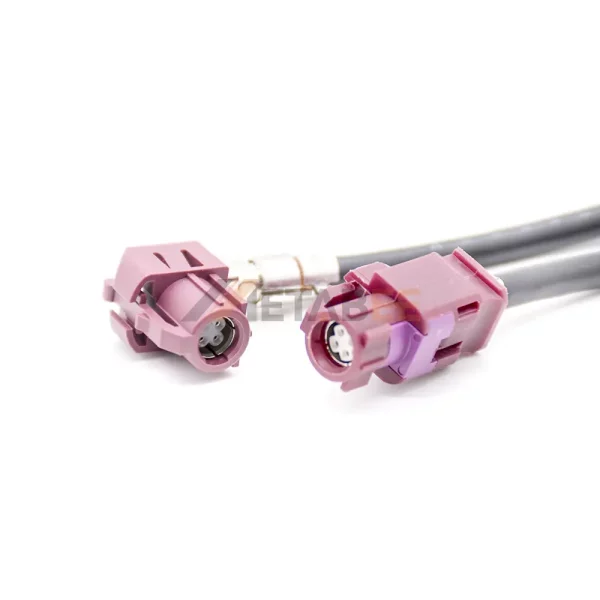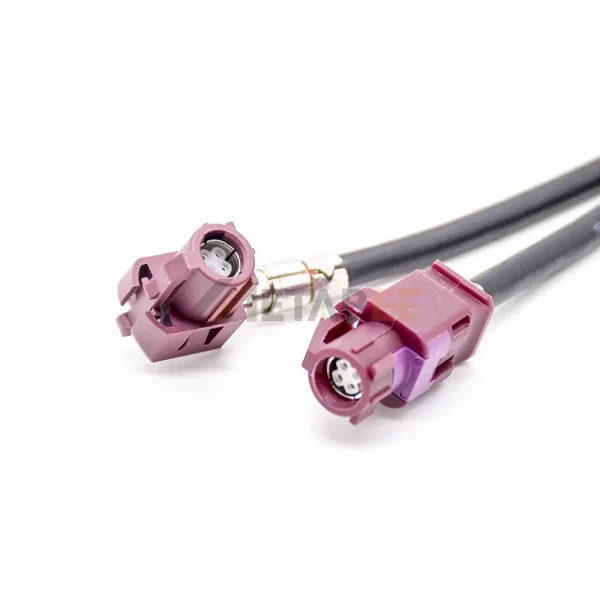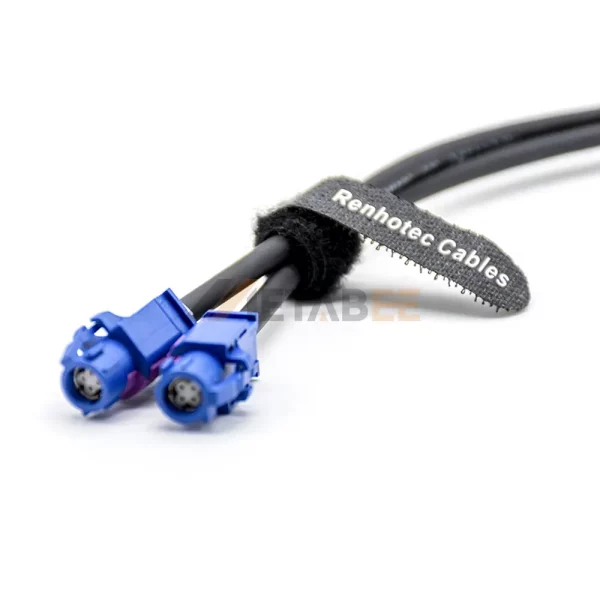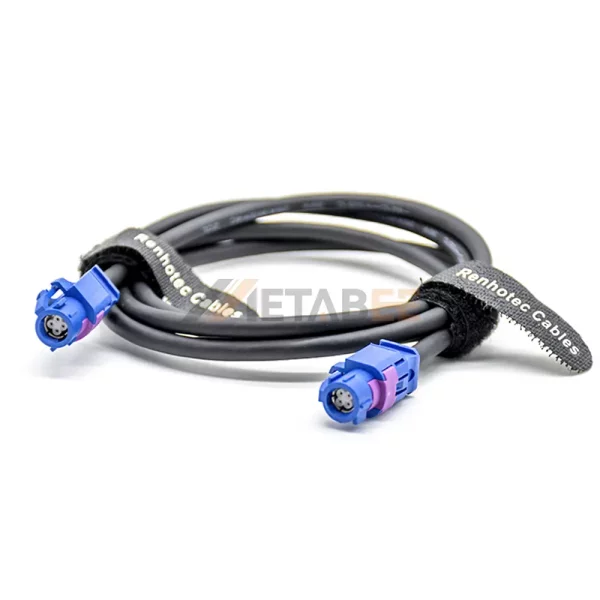FAQs:
What is an HSD cable?
An HSD (High-Speed Data) cable is a shielded coaxial cable designed for high-speed data transmission in automotive and industrial applications. The construction of HSD cables helps to minimize electromagnetic interference (EMI) and ensure signal integrity
What are the primary applications of HSD cables?
HSD cables are most commonly used in the automotive sector for various high-bandwidth applications. These include:
Infotainment Systems.
Advanced Driver-Assistance Systems (ADAS).
Telematics and Navigation.
USB and LVDS (Low-Voltage Differential Signaling) connections.
What are the key advantages of using HSD cables?
The primary advantages of HSD cables include:
High-Speed Data Transmission.
Excellent Shielding.
Robust and Secure Connection.
Standardization.
What is the typical operating temperature range for HSD cables?
HSD cables are designed to withstand the demanding conditions inside a vehicle, with a typical operating temperature range from -40°C to +105°C.
What is the difference between an HSD cable and a FAKRA cable?
HSD cables are designed for high-bandwidth digital transmission, supporting applications such as LVDS video, Ethernet, and USB in automotive systems. They feature a 4-pin coaxial design with excellent shielding for minimal crosstalk and EMI.
FAKRA cables are primarily used for RF (radio frequency) applications such as GPS, antenna, satellite radio, and telematics. They rely on single-pin coaxial connectors with plastic housings coded for mechanical and color differentiation.
In short, HSD cables handle high-speed data transmission, while FAKRA cables specialize in RF signal connections.



